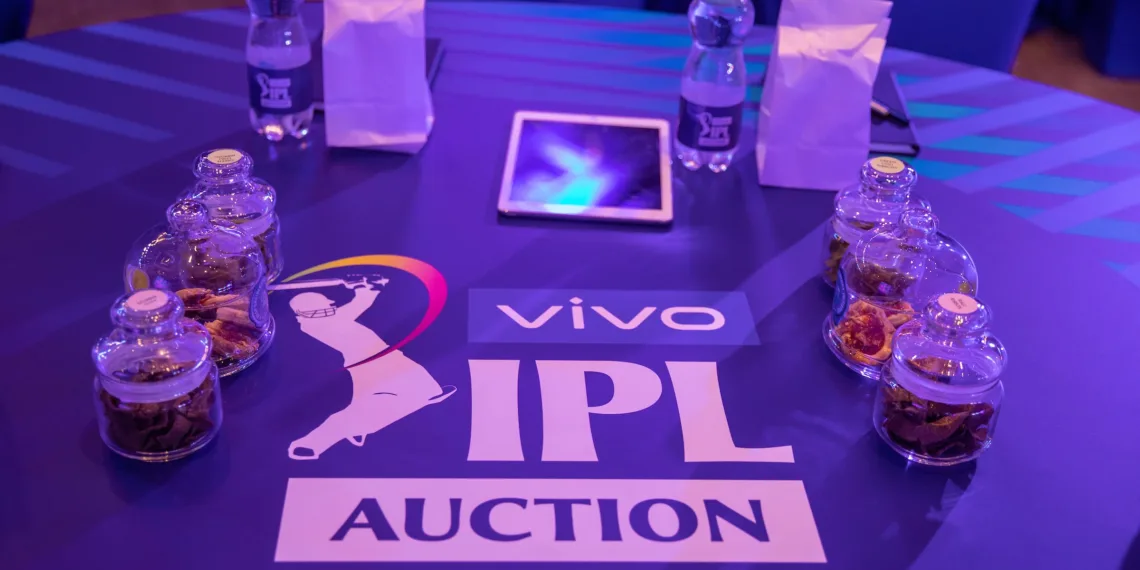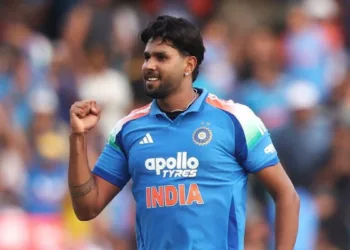All these years people wonder how cricketers walk away with deals of millions in the Indian Premier League auctions, and the biggies have become wealthy, while others have become a menage name.
People usually wonder how the IPL salary structure actually functions. So here we take a look how the IPL salary structure works.
Players are bought and signed in the auction after bidding. The player goes to the team that bids the highest for him. The highest bid amount becomes the salary for which a player is bought, and his taxes are levied according to the amount.
The salary structure is distributed according to the player’s contract, i.e. if the player’s contract is for a year, the player is paid the full amount, and if the contract is of three-year, then the salary is divided into three parts for each year and edition of IPL according to the availability of the player.
BCCI always handovers 20 per cent of the total salary to the respective home board, i.e. if an Australian player is signed for 5 crores, 1 crore will be paid beforehand to Cricket Australia, and the cost arises out of the league’s central revenue pool.
In the opening edition of IPL, bids were made in US dollars, and during that time, the exchange rate was determined at Rs 40 per USD. However, four years later, it was changed to the INR system.
If a team retains a player, he will be paying the same price as the previous year. It’s only the teams who will decide if they want to increase the salary of the player.
The salary structure is dependent on the availability of each team. This also depends on sponsorship money.
Many of the IPL franchises prefer to pay the entire salary at whole while others pay 50 per cent in advance. While some teams follow the 15, which is one week before IPL-65 during IPL-20, and the rest post-IPL formula, some teams also prefer to give their players cheques.








